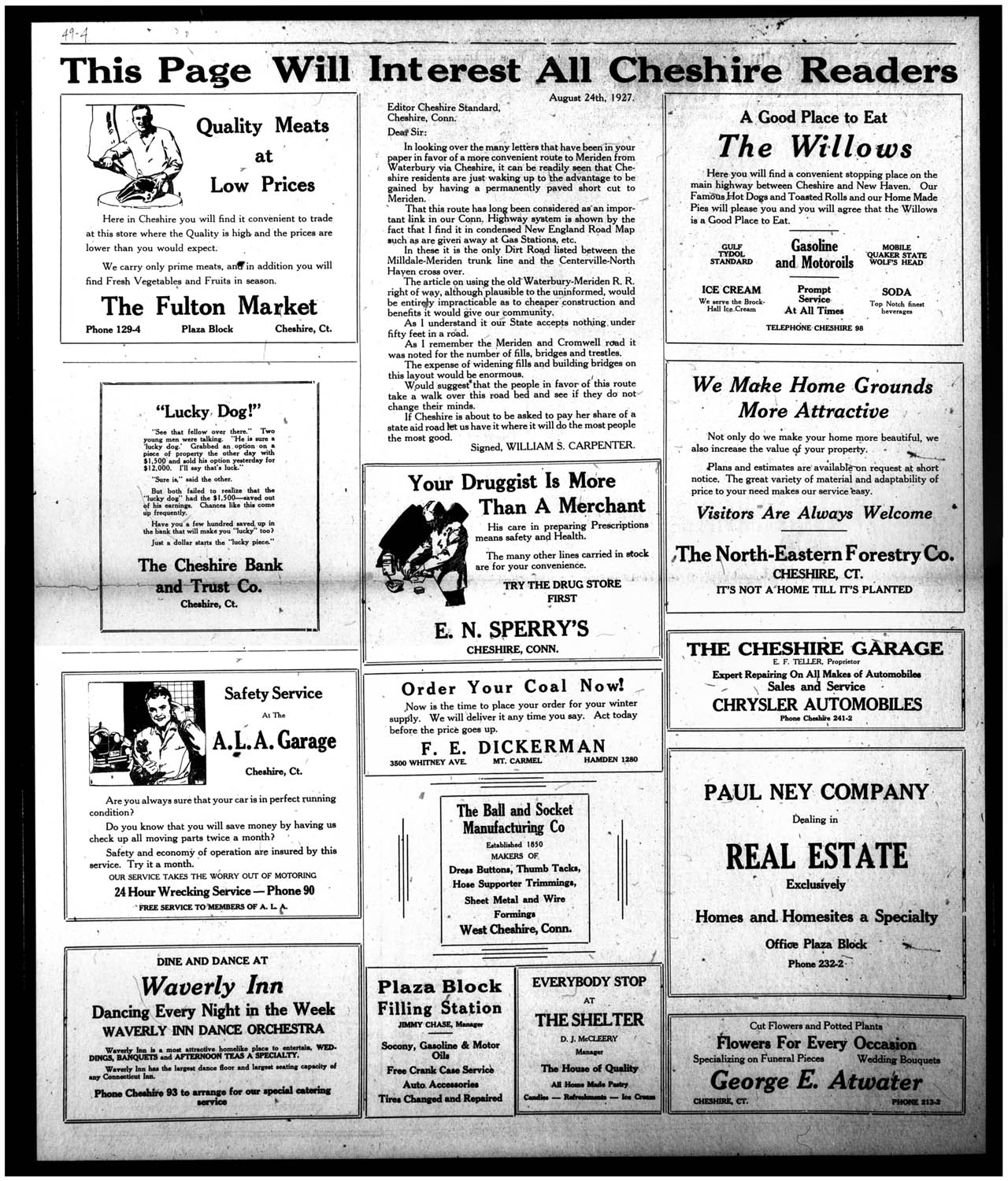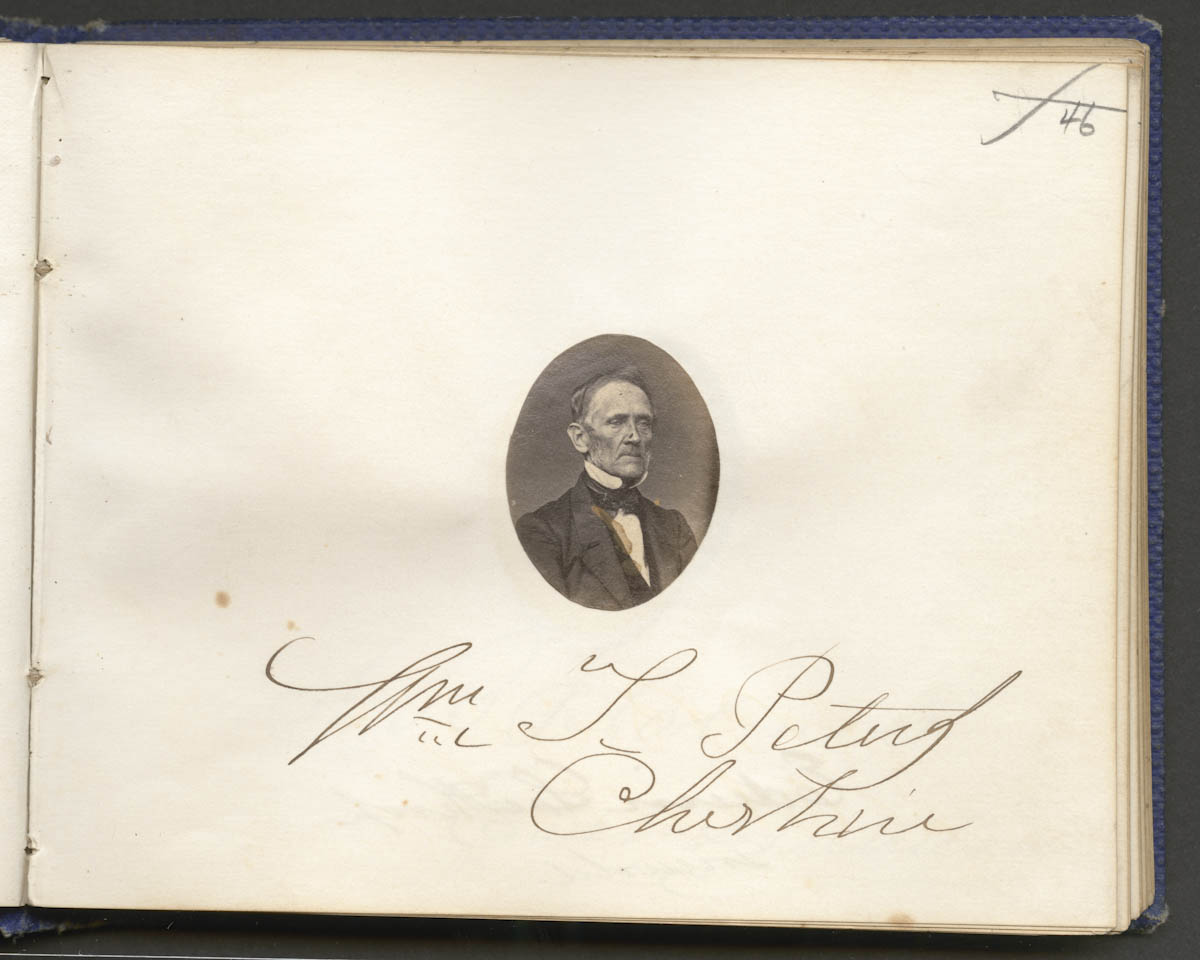It has been a long, long time since I have posted anything new. For the last few years, my day job has been all-consuming and basically blocked out everything else. I have thought of a thousand posts, but never quite found the time to sit down and write. But recently a brave young woman messaged me and asked me to sign a letter addressed to the Cheshire Board of Education regarding our school system’s role in supporting and advancing systemic racism. She had been researching slavery in Cheshire and found this blog and found the little I had actually written on the subject compelling enough to reach out. It struck a chord with me and I realized I could no longer be silent.
Many years ago, my step-sister and brother-in-law lived in Waterbury, where they were raising their three young children. The kids were around my child’s age and they spent a lot of time together. When my oldest niece started school, my step-sister and brother-in-law decided it might be time to move. They loved their home and neighborhood but were not overly impressed with the schools. They were drawn to Cheshire because we lived here and they knew that the schools were great, but they were concerned at its overwhelming whiteness. They didn’t want their children to be the only children of color. They wanted them to have teachers and role models in the schools and community that looked like them and might understand some of the unique challenges of being an African American in our country.
My brother-in-law had a conversation with an old friend who had grown up as one of the only people of color in Cheshire, they decided that the town simply lacked the diversity that was most important to them. They moved to a community outside Atlanta where the kids were part of a diverse community with a great school system. They settled in and the kids did really well there. I was happy for them, but we missed them terribly and were pained that they could not feel comfortable living here in Cheshire.
Soon after they left, I started this journey to discover the truth about slavery in Cheshire and approached the former curator at the Cheshire Historical Society with some questions. I was told in no uncertain terms that there were NEVER any slaves in Cheshire. Apparently the curator had skipped the section on slavery in Joseph Perkins Beach’s History of Cheshire, Connecticut from 1694 to 1840. Beach may have greatly minimized its extent and its impact, but at least he acknowledged it. I persisted in my research and found African captivity had existed in Cheshire as early as 1726 and was far more pervasive than Beach ever acknowledged.
My research continued and I was soon invited to do a presentation on about it for the Historical Society. I focused on a few early African descendant families in town, and included Flora Freeman, a woman my late friend Val Bertrand, who was the president of the Greater New Haven African American Historical Society, had also been researching. Val and her husband Don were the only people of color in the room and looking back I can see how I faltered. I used almost apologetic language designed to soothe my own and my white audience’s conscience. Val was livid with me. I hope she understood that I knew she was right, but when push came to shove, I was a coward and used language to put my white audience at ease rather than use the language of truth.
I couched the history in terms that wouldn’t cause discomfort. I have done the same when speaking to white audiences about the African Burying Ground section of Hillside. I have been repeatedly told not to rock the boat or upset the families of the white folks buried ON TOP OF and THROUGH the African and African descendant people buried there, and I have obliged. Meanwhile, the Hillside Cemetery Association, who knowingly sold plots in that section, and once admitted to finding human bones when graves were dug, has been repeatedly let off the hook. [Note: a whole post is coming on this topic so stay tuned]. I have looked back ashamed at my cowardice in not pushing harder, for not standing up for the truth. And maybe this is my own cop-out, but I also think that our community was not ready to hear the truth and would not have had the courage or willingness to hear the language that needed to be used.
A few years later, the First Congregational Church dedicated its All Saints Day Service to the memory of the African and African descendant captives that had been held in Cheshire. I sat in the one remaining “slave pews” in the balcony and spoke on behalf of the African and African descendant people who had been held in captivity. I watched as people in the sanctuary below strained their necks trying to see where the voice was coming from. It was a disembodying experience and must have been the same for the generations who were made to occupy that space.
After the service, there was a roundtable discussion about race in the Parish Hall. It was an interesting, heartfelt and at times raw discussion. It was a bunch of white folks but the discussion was illuminating. People expressed their hesitance to talk about race with people of color for fear of offending them. That hesitance came from things as simple as how to refer to a person of color – was it okay to refer to someone as black or should they use African American? Someone mentioned how they didn’t appreciate being made to feel guilty over slavery, after all, they didn’t hold human beings captive, that was done hundreds of years before they were born. After everyone began to feel some discomfort, it became clear that the issue was deeper than we had imagined. We decided to follow up with additional discussions, but we returned to our sense of complacency and years went by before the topic was broached again.
Last spring the First Congregational Church tried again and held a service on Amistad Sunday to take responsibility for its role in perpetuating the captivity of African and African descendant people in Cheshire. The church to which I grew up in and belong said enough is enough. Pastors James and Alison took an active step and spoke of how our first two pastors, Reverend Samuel Hall and Reverend John Foot, had kept men, women, and children in captivity to gain economic benefit from their labor. They pointed out the “slave pews” in the corners of the balcony hidden away where the occupants could not be seen.
On that day they were seen and remembered. Descendants of the Naaman, Bellamy, and Freeman families were invited and took their places in the front of the church. Pastor James and Alison read aloud the names of more than 100 men, women, and children of African descent, including Naamans, Bellamys, and Freemans, that had been buried by the First Congregational Church of Cheshire between 1726 and 1900. The sanctuary was silent as the names were read, and people, myself included, openly wept. Especially difficult to hear was “negro wench” and “negro child” repeated again, and again, and again, as the church buried them without even the dignity of a name.
This was not just a one-off gesture. I was invited back to give a presentation about the history of African captivity in Cheshire a few weeks later. More than 135 people came to hear me and this time I did not falter. I did not couch my language to help my still mostly white audience feel comfortable. I spoke truth to power. I was no longer afraid of upsetting my audience. And I quickly learned it was time. I spoke of Rhoda’s children being sold away from her here in Cheshire. I spoke of specific examples of the abuse and humiliation African captives and their descendants were subjected to here in Cheshire. I wasn’t going for shock value, but to make the audience understand that these events, even though they happened 100 or 200 years ago, still affected us today. The discomfort my white audience may have felt was the discomfort my friends of color have felt their entire lives.
These conversations may be hard and uncomfortable, but they need to happen. It is inevitable that we’re going to get things wrong. I have these conversations again and again with my dear friend Kevin, and as exasperated as he may get with me, he never gives up on me, and I never stop trying. If we really want things to change we’re going to have be okay with being uncomfortable, after all, we have let the discomfort sit on the shoulders of our sisters and brothers of color for far too long. It’s time we shared that burden. Now it is time for our community to take the next step in this conversation. I am happy to take my share of discomfort to be part of it.



